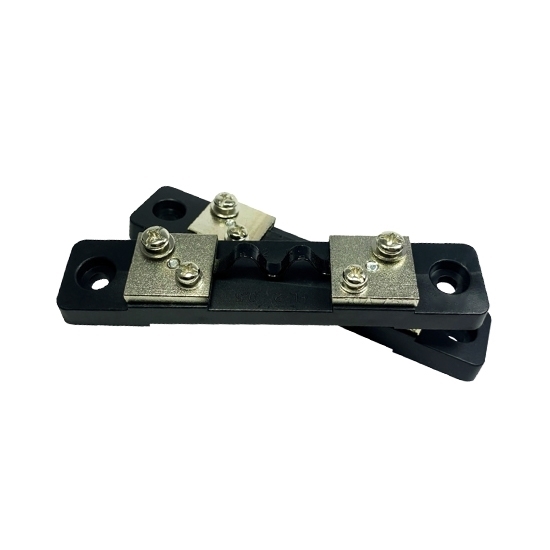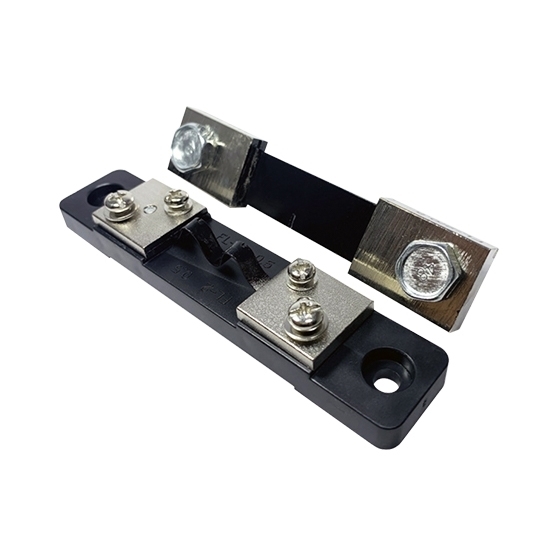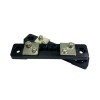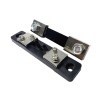



- Stock: In Stock
- Model: RDDLZ-DCCS-10
- Weight: 1.00
- SKU: RDDLZ-DCCS-10
Available Options
A current shunt is an electrical component used to measure or divert a portion of an electric current in a circuit. DC current shunts are selected based on their resistance values and current-carrying capacities, enabling engineers to accurately monitor and control electrical systems without the need to directly interrupt the main current flow.
Features:
- Low Resistance. A current shunt resistor has a very low resistance value compared to the load or circuit it's connected to.
- Accurate Current Measurement. DC current shunts are designed to provide precise measurements of current.
- Stable Temperature Coefficient. The shunt resistor's resistance should have a stable temperature coefficient, meaning its resistance shouldn't change significantly with temperature variations.
- Real-Time Monitoring. DC current shunts provide real-time monitoring of the current flowing through a circuit. This feature is valuable for assessing the health and performance of electrical systems and ensuring that they operate within safe limits.
Specification:
- Model: RDDLZ-FL-2
- Current: 10-200A (other current, contact us)
- Accuracy Class: 0.5
- Overload Ratio: 100%
- Output Signal: 75mV
- Operating Temperature: -40 ℃~60 ℃
- Material: copper with nickel plated
- Weight: 1 kg
Wiring Diagram:
Dimension:
Tips: How Does Analog Frequency Meter Work?
An analog frequency meter, often known as an analog frequency counter, measures the frequency of an input signal by converting it into a proportional mechanical motion. It utilizes a resonant circuit or oscillator that generates a signal whose frequency matches the input. This generated signal is then used to drive a mechanical movement, typically a pointer on a circular scale. As the input frequency changes, the mechanical system resonates, causing the pointer to move along the scale. The position of the pointer indicates the frequency of the input signal. The scale is calibrated such that the pointer's position corresponds directly to the input frequency. Analog frequency meters are simple and intuitive but are less precise than digital counterparts. They work well for visualizing frequency trends and can be found in various applications like audio equipment and power systems.
